ID-DOC: general search
Here you can enter a general keyword and perform a general search.
??? What are these question marks doing here? These represent tools which we know by a Dutch or French name, but who's English name is yet unknown. Suggestions are always welcome!
If you cannot find a certain tool, or if you experience other problems with this page, please let us know at info@mot.be.
Search for: tool
Showing search results 551 - 600
1,484 results found
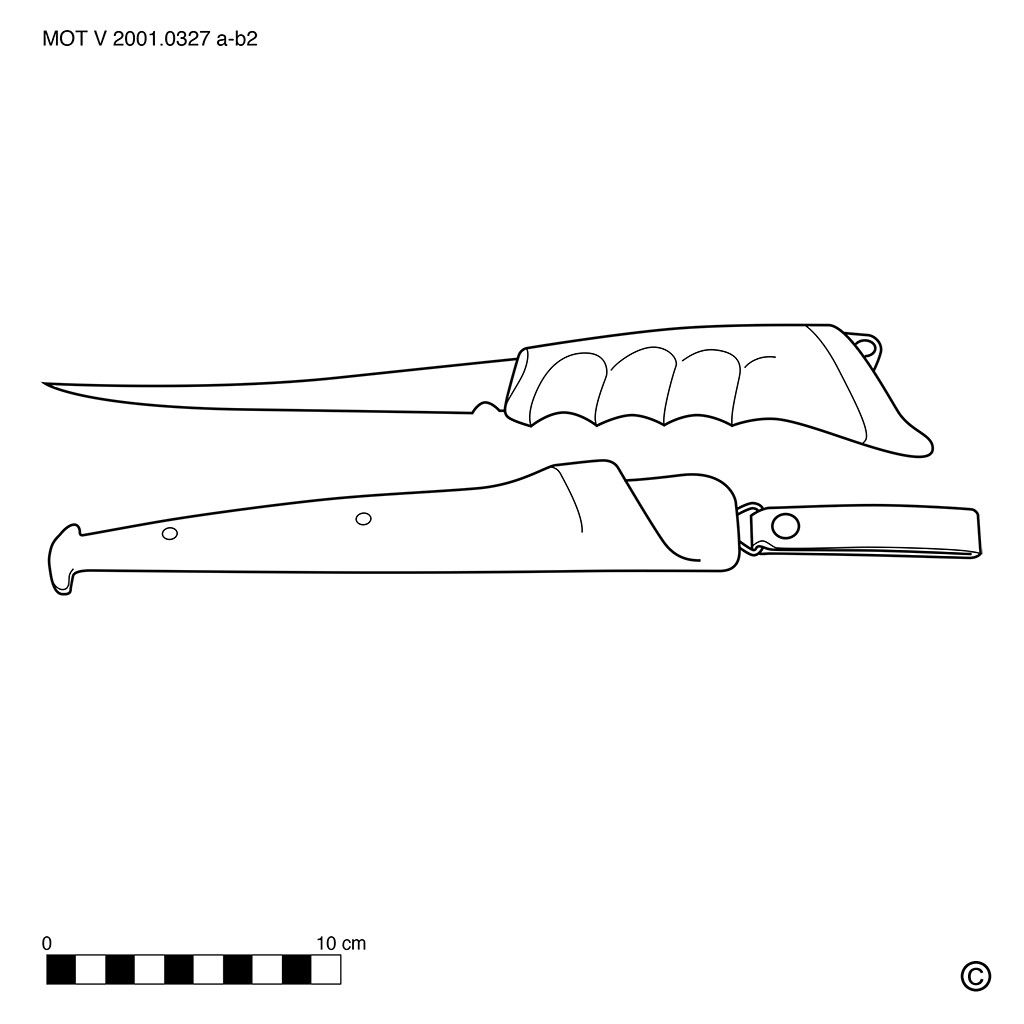
Fish fillet knife
This text can only be consulted in Dutch
<https://www.mot.be/resource/Tool/fish-fillet-knife?lang=nl>
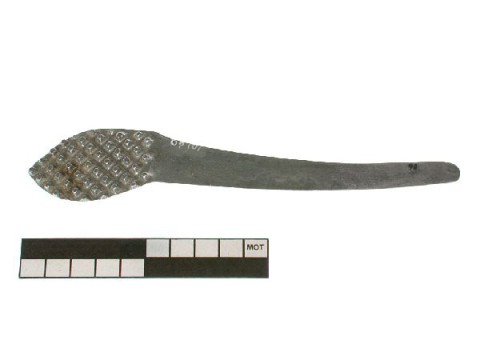
Fish scaler
To quickly and easily scale fish, one usually uses a fish scaler, with
which one rubs the fish from tail to head, so against the scales. The
metal, always serrated, blade of the fish scaler can be in the shape of a
ring or triangle, a hair brush (1) or a dough scraper (2). The (wooden)
handle forms an obtuse angle (approx. 5 °) with the working part or is
attached to it with a kink. Often the fish scaler is part of the folding
fishing knife. The sharp, serrated edge of a shell can also serve as a fish
scaler. See also pocket knife. [MOT] (1) Eg. CAMPBELL FRANKLIN: 100 and
CAMPBELL: 84.
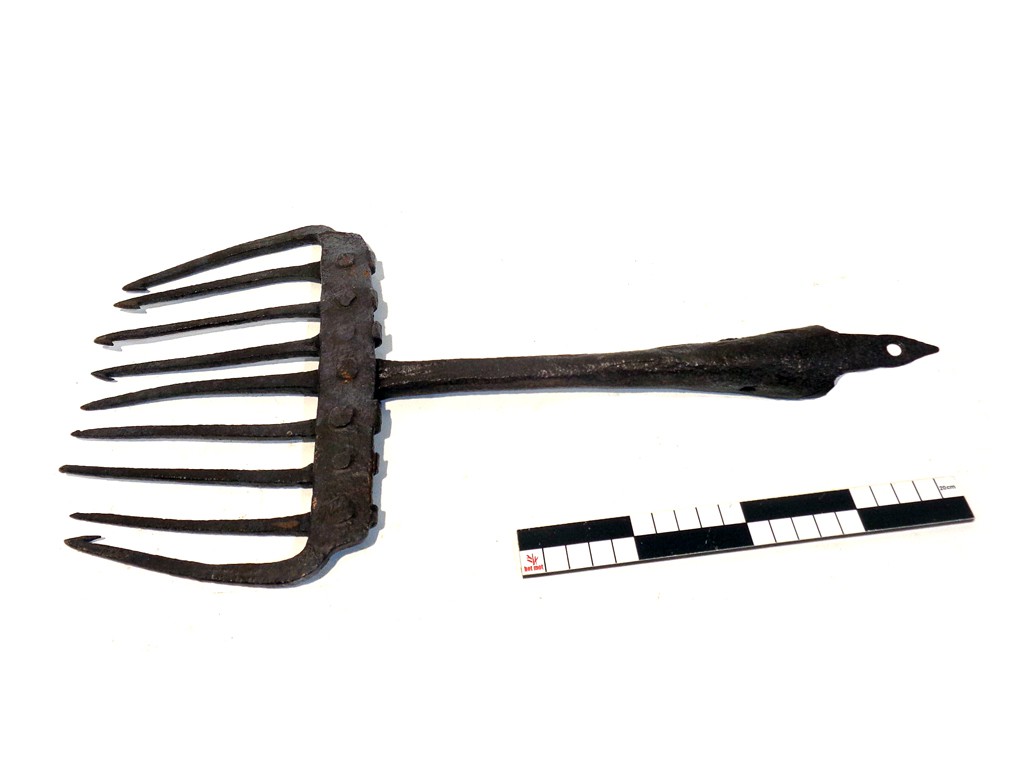
Fish spear
This text can only be consulted in Dutch. See also the eelspear.
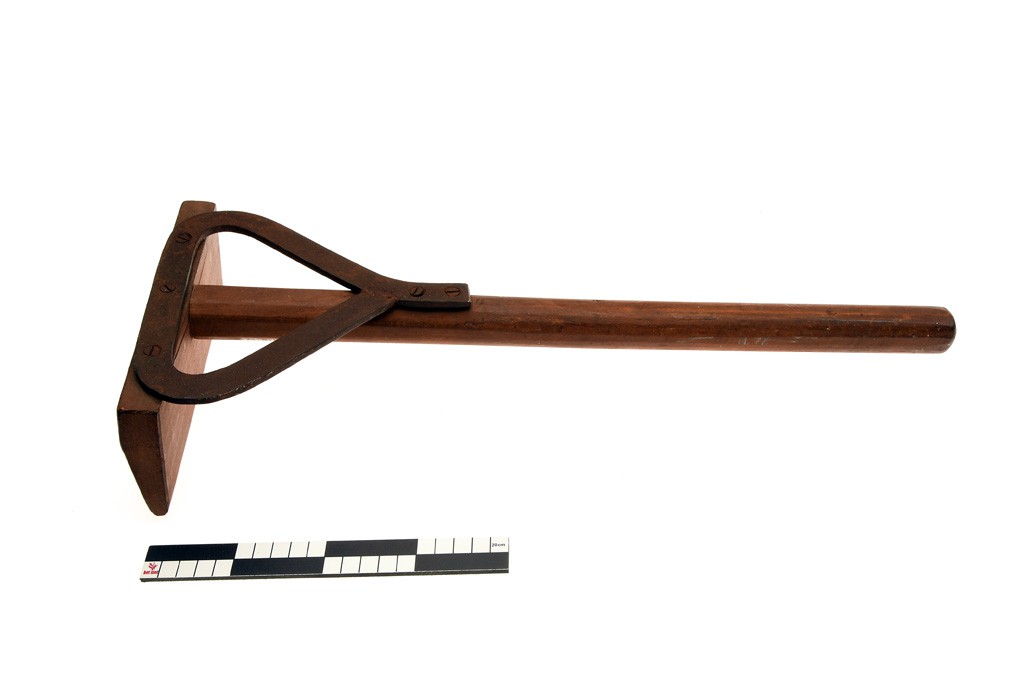
Fish triage stick
This text can only be consulted in Dutch
<https://www.mot.be/resource/Tool/fish-triage-stick?lang=nl>
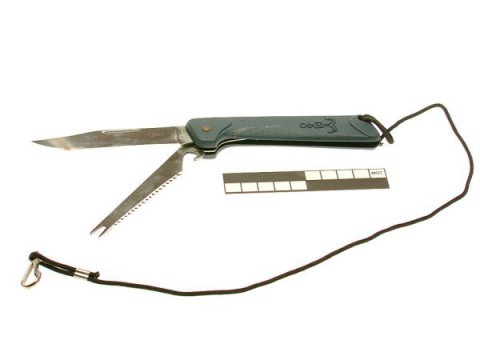
Fishing knife (folding)
This text can only be consulted in Dutch
<https://www.mot.be/resource/Tool/fishing-knife-folding?lang=nl>
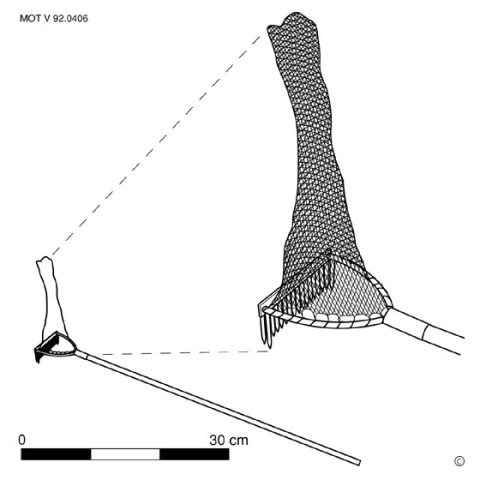
Fishing rake
This text can only be consulted in Dutch
<https://www.mot.be/resource/Tool/fishing-rake?lang=nl>
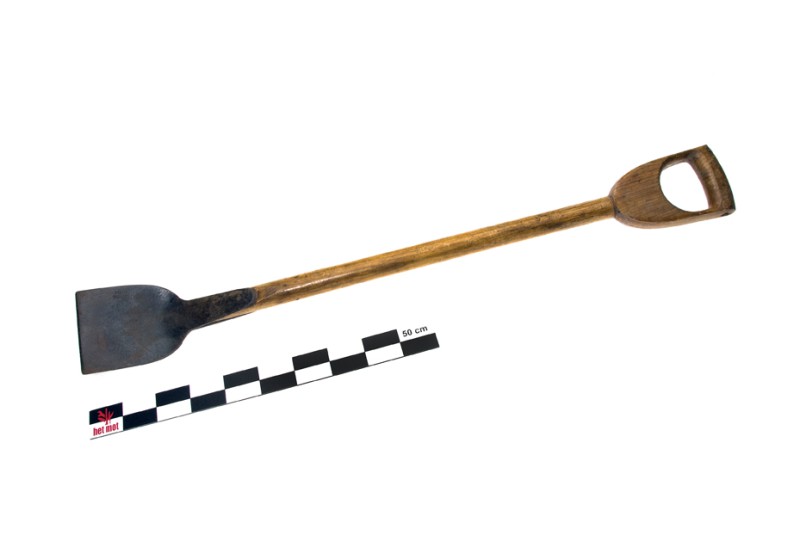
Fishing spade
This text can only be consulted in Dutch
<https://www.mot.be/resource/Tool/fishing-spade?lang=nl>
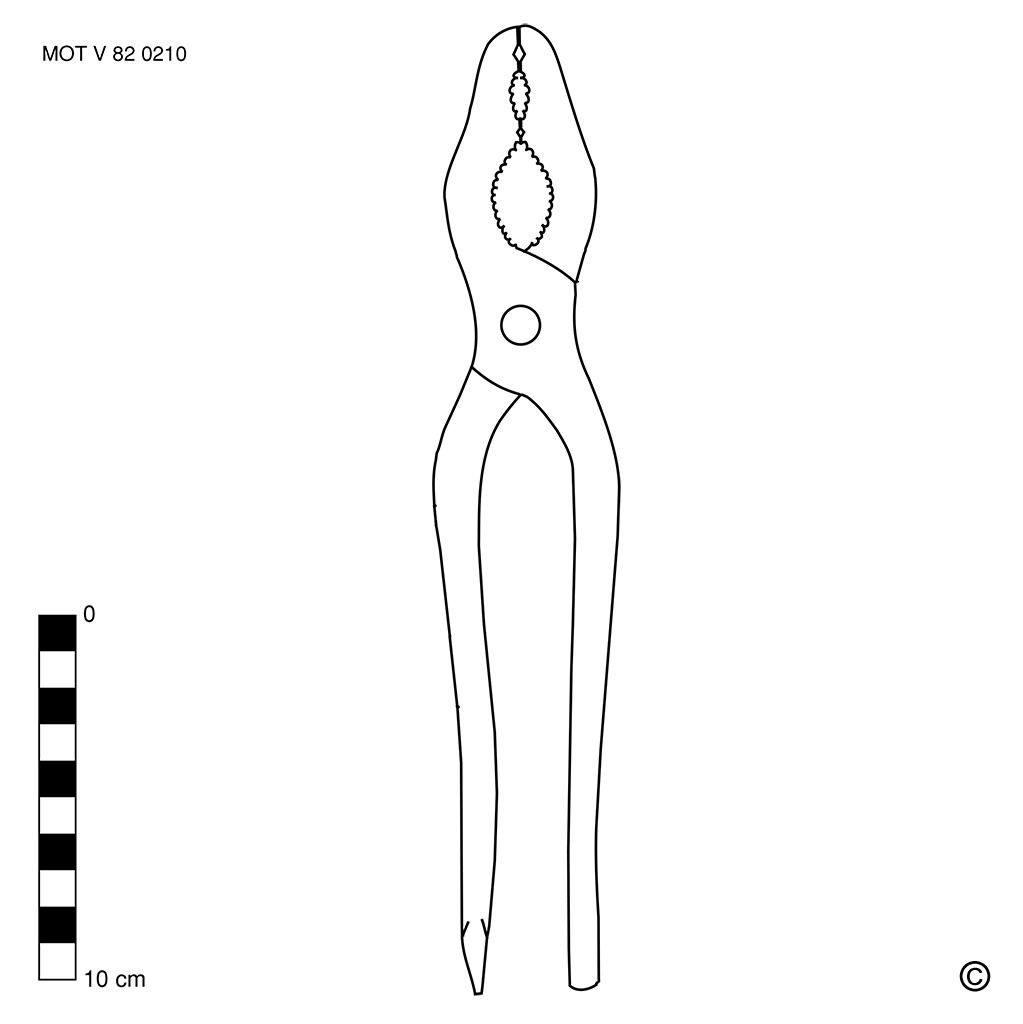
Fitter's pliers
This text can only be consulted in Dutch
<https://www.mot.be/resource/Tool/fitters-pliers?lang=nl>
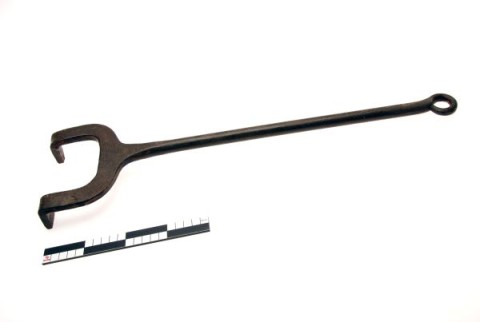
Flagging iron
This text can only be consulted in Dutch
<https://www.mot.be/resource/Tool/flagging-iron?lang=nl>
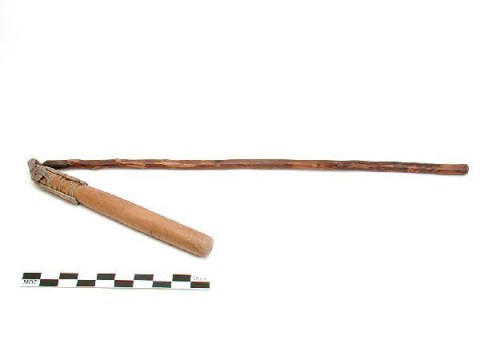
Flail
This text can only be consulted in Dutch
<https://www.mot.be/resource/Tool/flail?lang=nl>
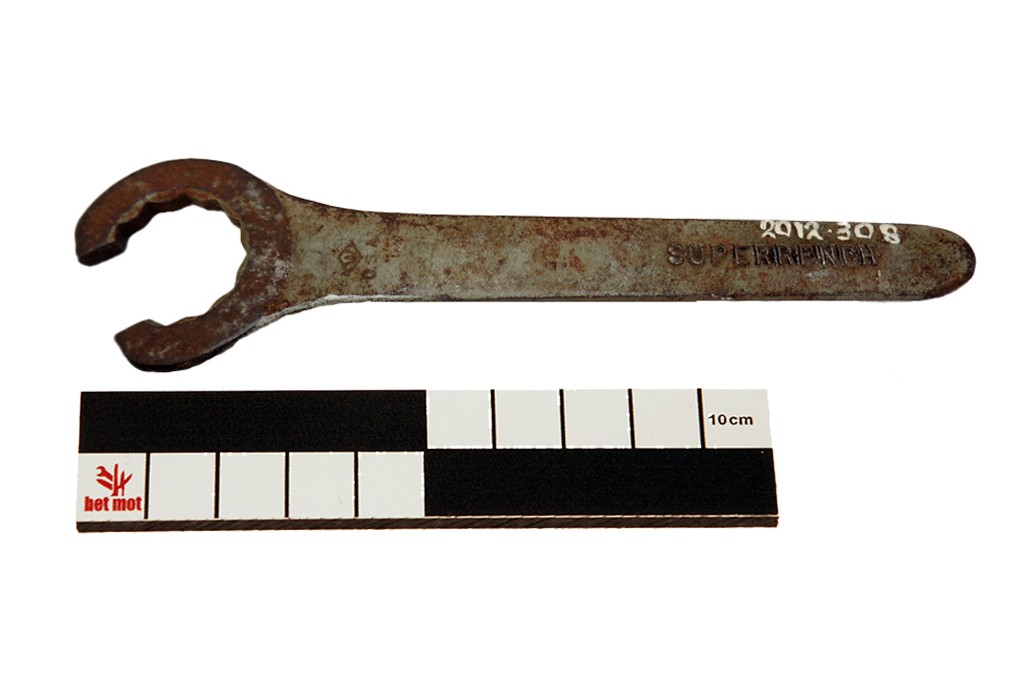
Flare spanner
This text can only be consulted in Dutch
<https://www.mot.be/resource/Tool/flare-spanner?lang=nl>
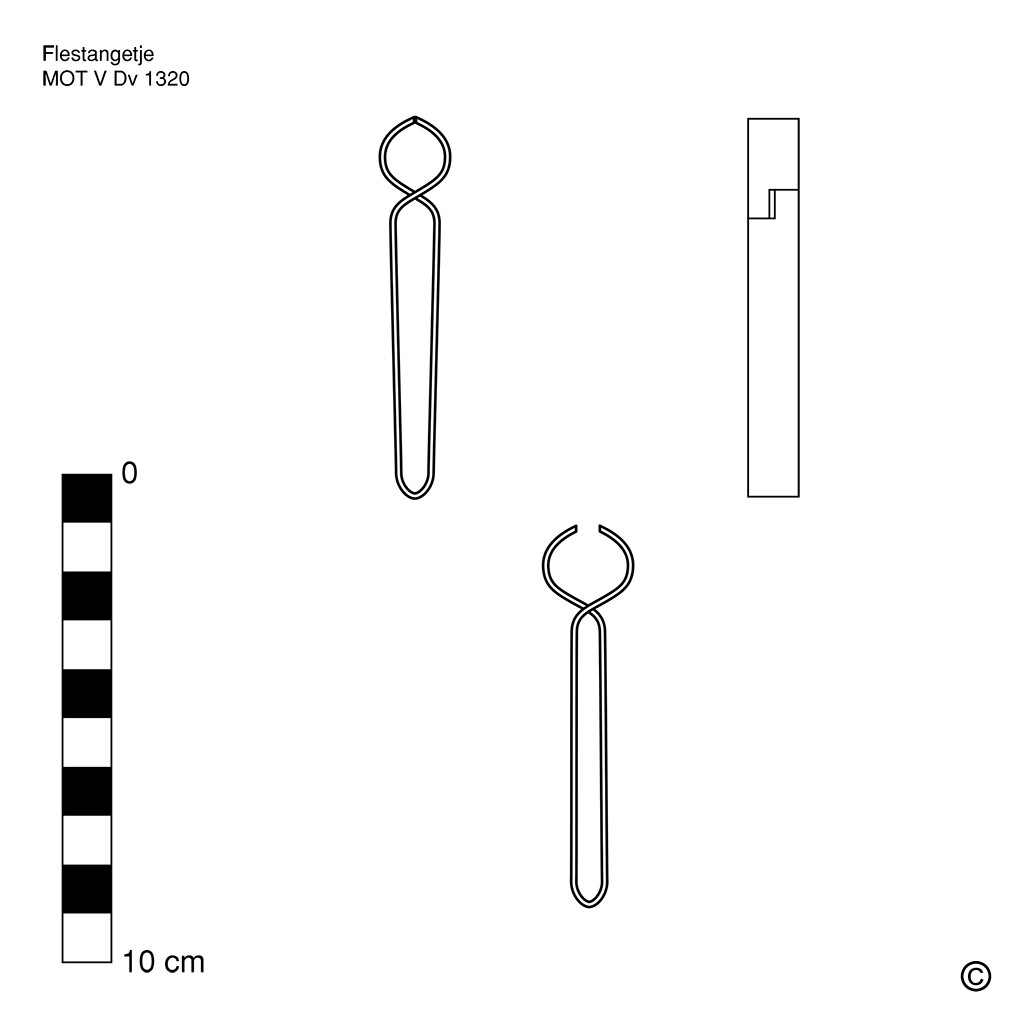
Flask tongs
This text can only be consulted in Dutch
<https://www.mot.be/resource/Tool/213?lang=nl>
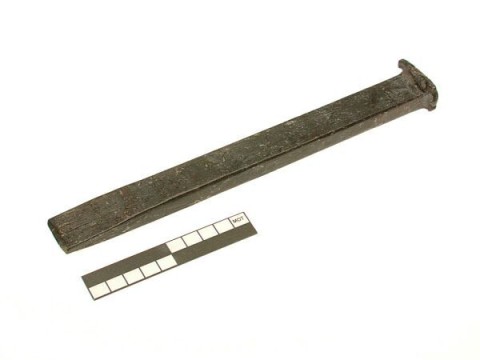
Flat chisel
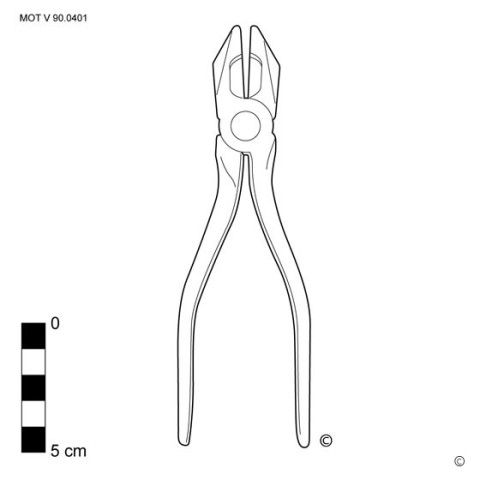
Flat nose pliers
This text can only be consulted in Dutch
<https://www.mot.be/resource/Tool/flat-nose-pliers?lang=nl>
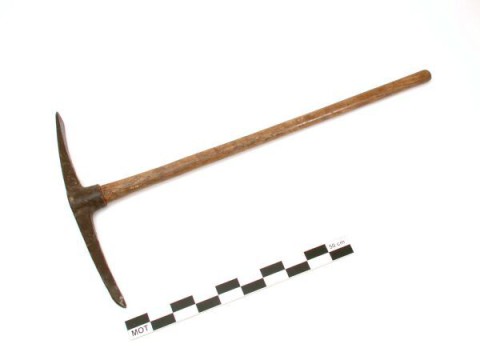
Flat pick
This text can only be consulted in Dutch
<https://www.mot.be/resource/Tool/flat-pick?lang=nl>
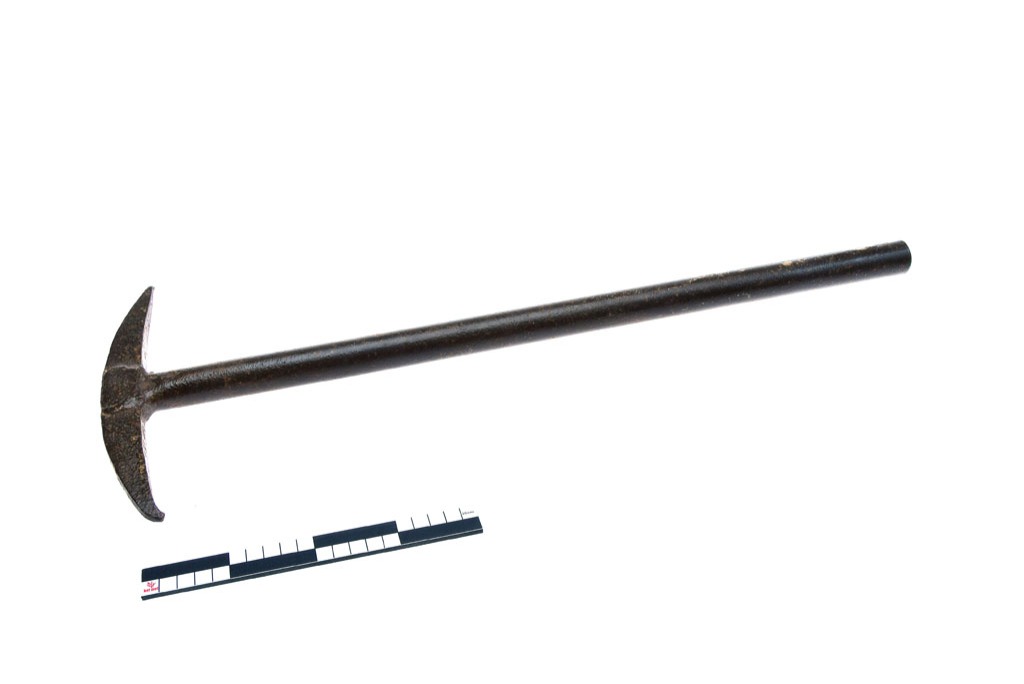
Flat pickaxe
When heavy blocks of coal are loosened, the miner cuts two vertical and one horizontal slots at the bottom with his pickaxe. The flat pickaxe is a short straight flat pick with a sharp point at both ends and a wooden or metal handle up to 180 cm long. (1) See also pickaxe. [MOT] (1) Eg. HABETS: 11.
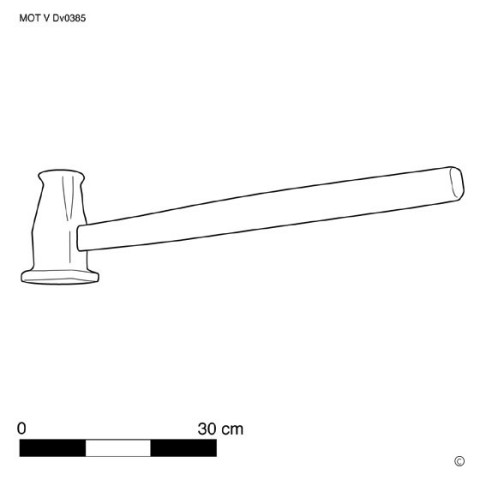
Flatting hammer
This text can only be consulted in Dutch
<https://www.mot.be/resource/Tool/flatting-hammer?lang=nl>
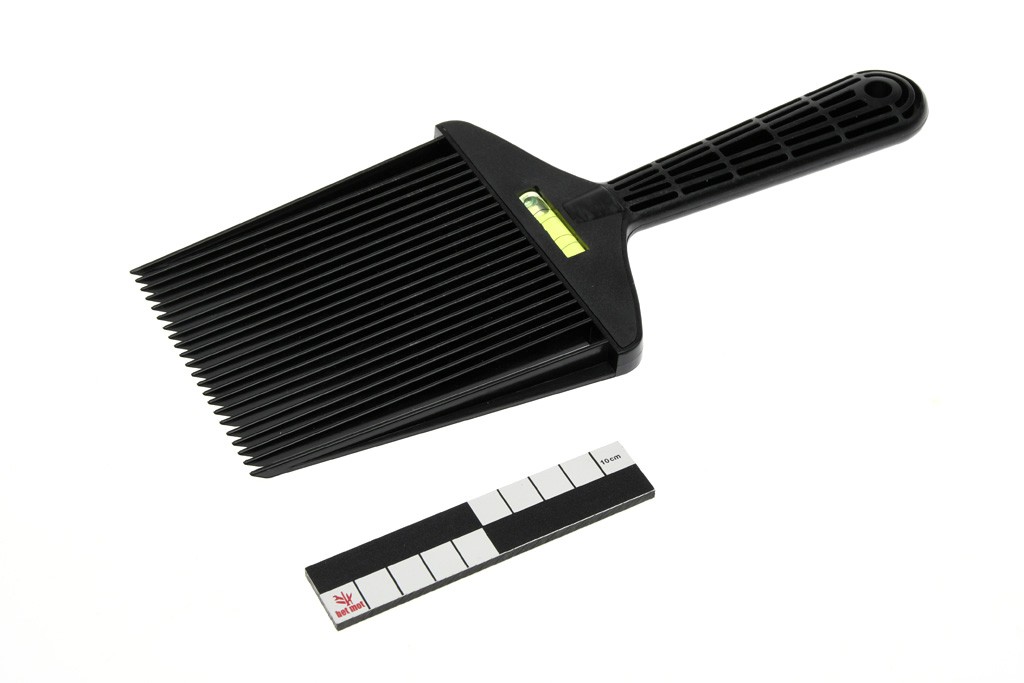
Flattop hair comb
This text can only be consulted in Dutch
<https://www.mot.be/resource/Tool/flattop-hair-comb?lang=nl>
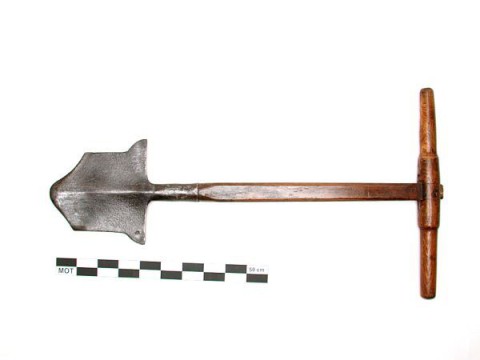
Flauchter spade
This text can only be consulted in Dutch
<https://www.mot.be/resource/Tool/flauchter-spade?lang=nl>
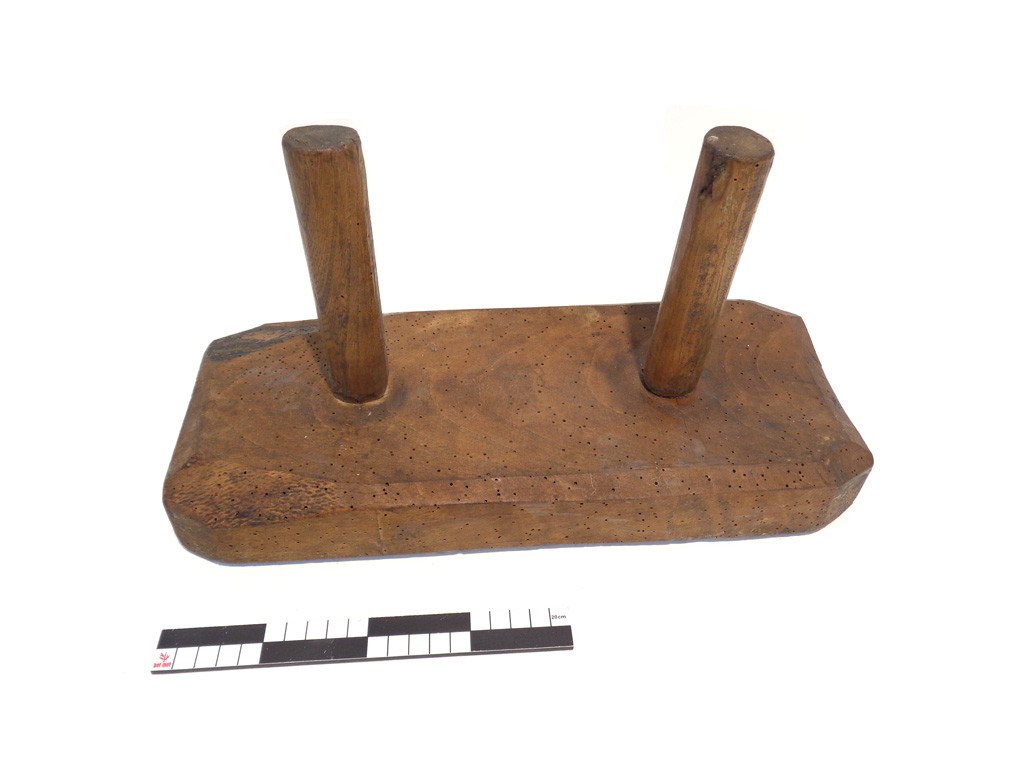
Flax retting driver
This wooden hand tool (1) is stamper-shaped for smoothing the top of the
last bundles of flax in the retting boxes. It is a sturdy wooden board or
block, about 35 cm long and 20 cm wide, with a flat bottom and one or two
vertical handles at the top. The bundles of flax should not stick out too
high in these retting boxes, which were soaked in river water. The tool is
not to be confused with a brickmaker's tool. [MOT] (1) Proper name unknown.
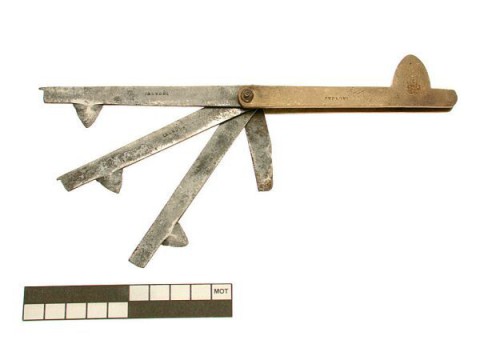
Fleam
This text can only be consulted in Dutch
<https://www.mot.be/resource/Tool/fleam?lang=nl>
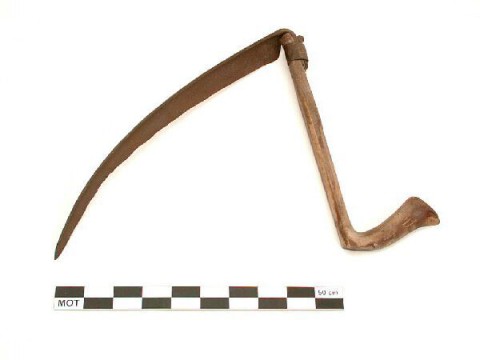
Flemish scythe
This text can only be consulted in Dutch
<https://www.mot.be/resource/Tool/flemish-scythe?lang=nl>
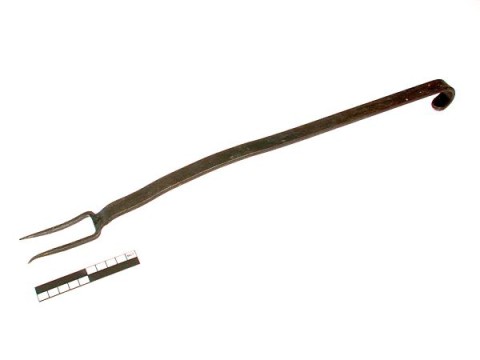
Flesh fork
The flesh fork is used to take pieces of meat or bacon from a saucepan or
to attach them to roast them on the fire. It is a fork with two, sometimes
three tines and a long - often hook-shaped - handle (30 to 80 cm). It is
usually made entirely of iron. See also the toasting fork. [MOT]
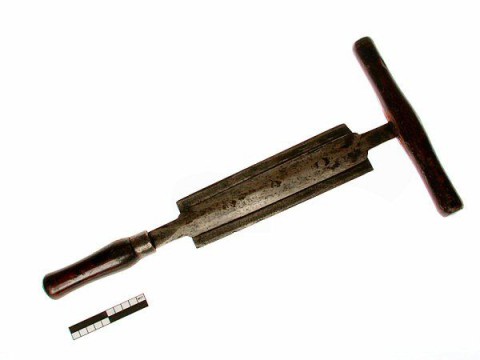
Fleshing knife
This text can only be consulted in Dutch
<https://www.mot.be/resource/Tool/fleshing-knife?lang=nl>
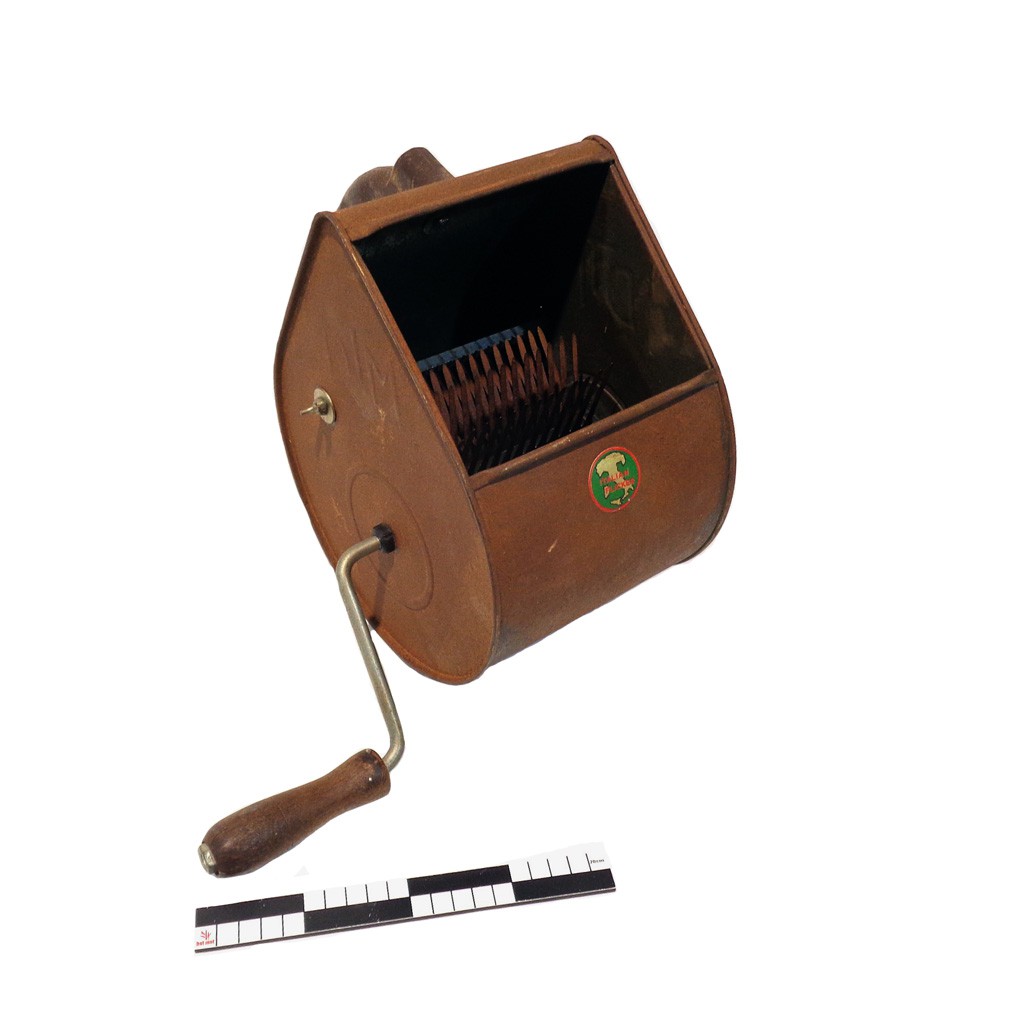
Flicker machine
This text can only be consulted in Dutch
<https://www.mot.be/resource/Tool/flicker-machine?lang=nl>
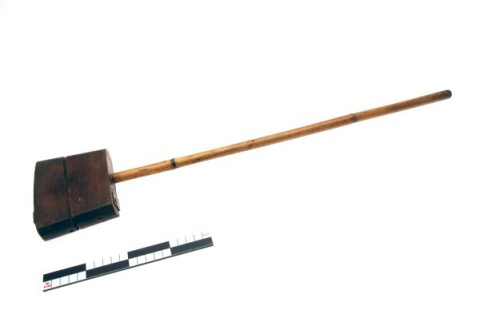
Flogger
This text can only be consulted in Dutch
<https://www.mot.be/resource/Tool/flogger?lang=nl>
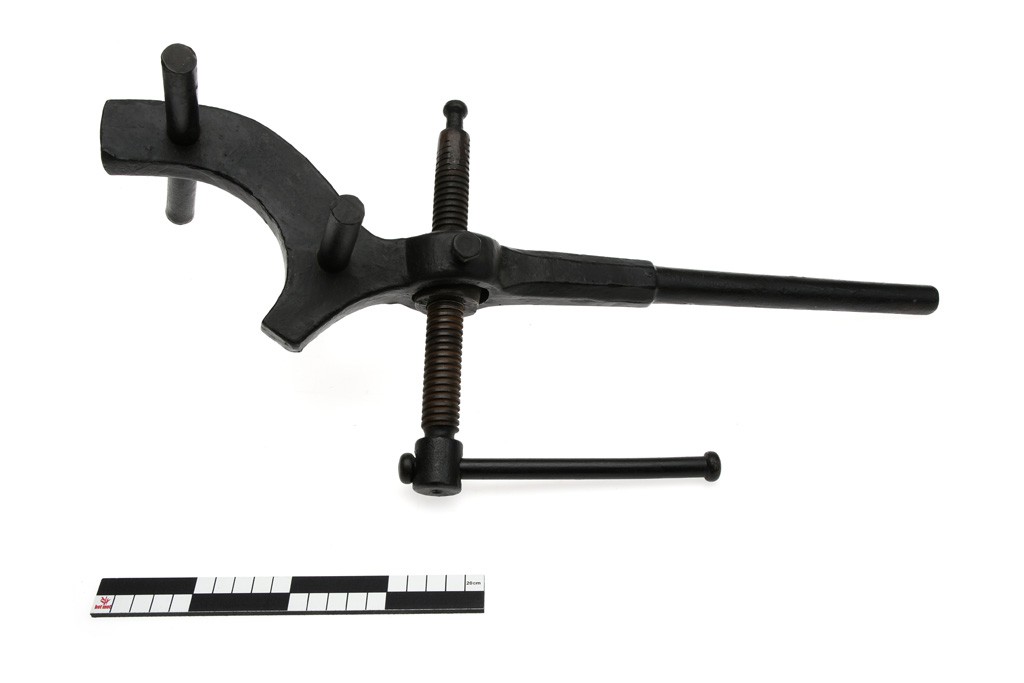
Flooring cramp
This text can only be consulted in Dutch
<https://www.mot.be/resource/Tool/flooring-cramp?lang=nl>
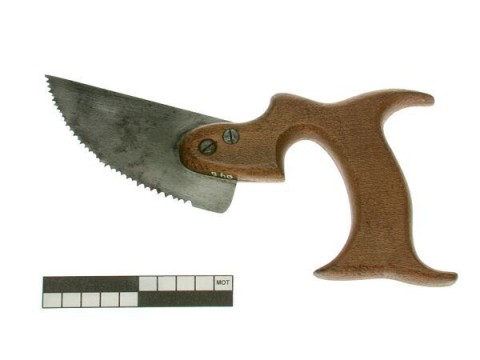
Flooring hand saw
This text can only be consulted in Dutch
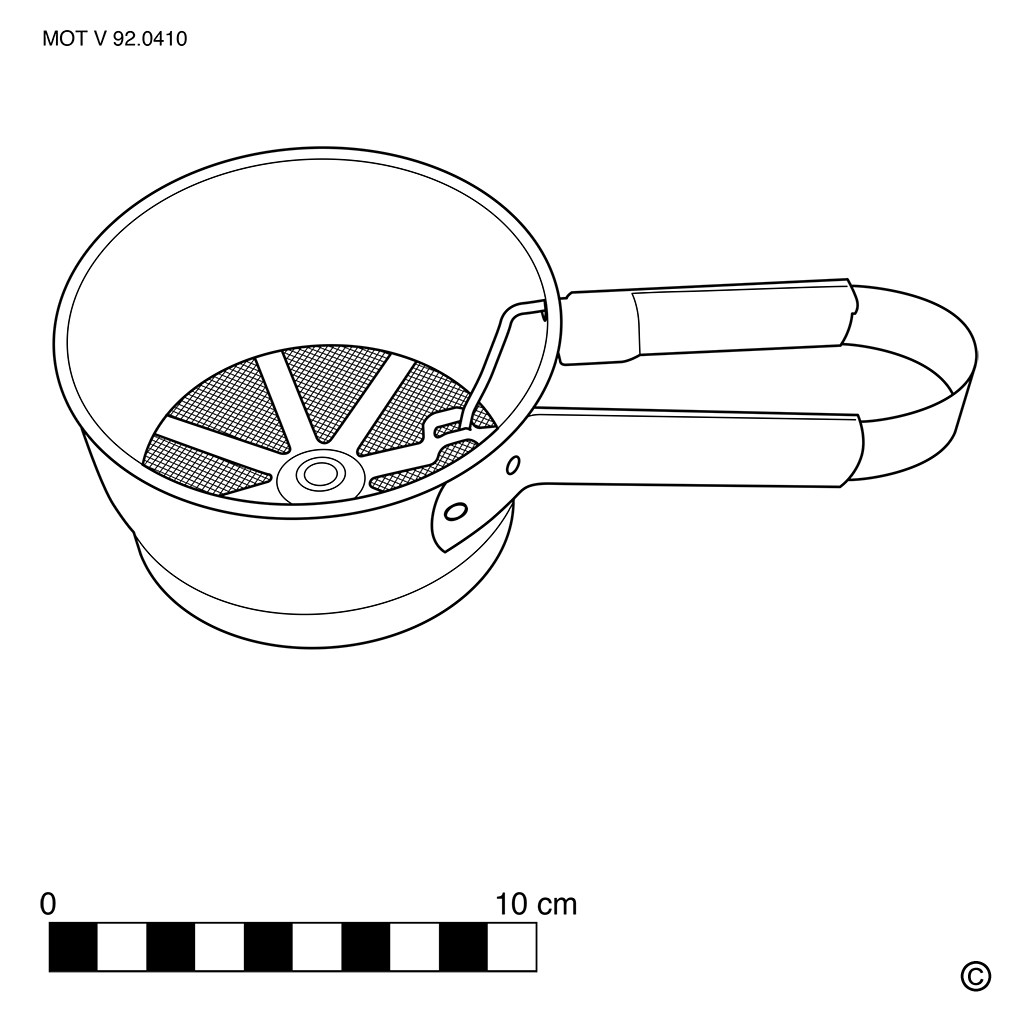
Flour sifter
This text can only be consulted in Dutch
<https://www.mot.be/resource/Tool/flour-sifter?lang=nl>
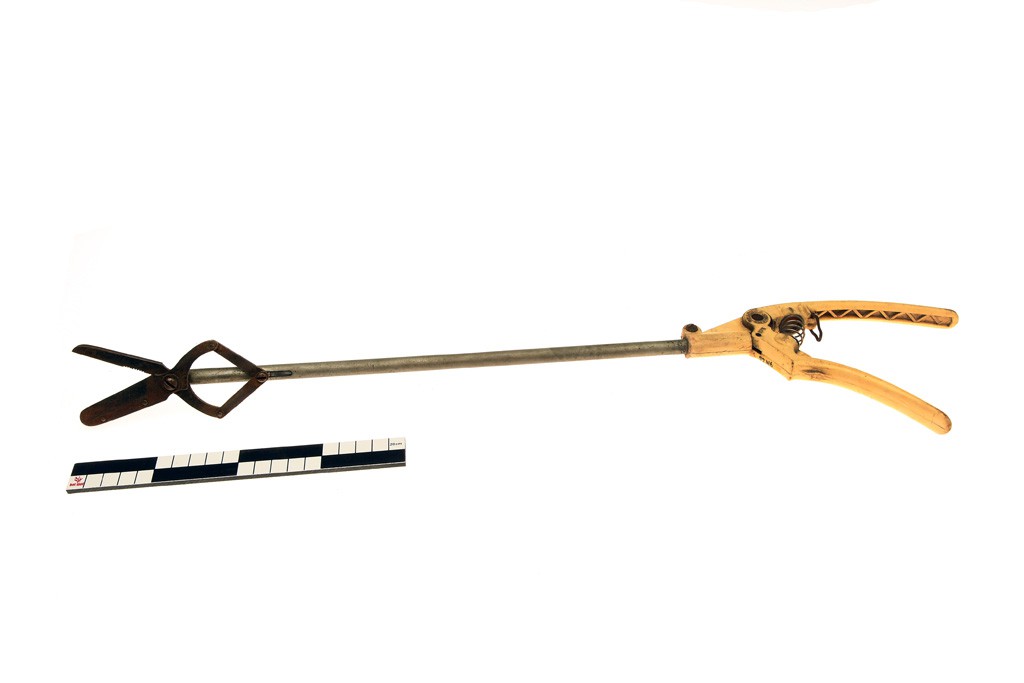
Flower shears
With these flower scissors you can cut and hold the stem of a flower. More
information on the dutch version of this page. [MOT]
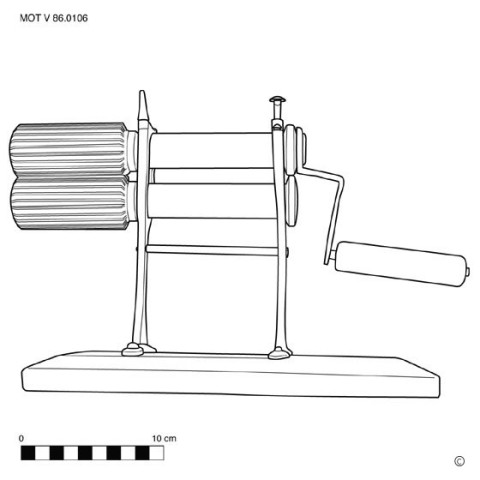
Fluted roller
This text can only be consulted in Dutch
<https://www.mot.be/resource/Tool/fluted-roller?lang=nl>
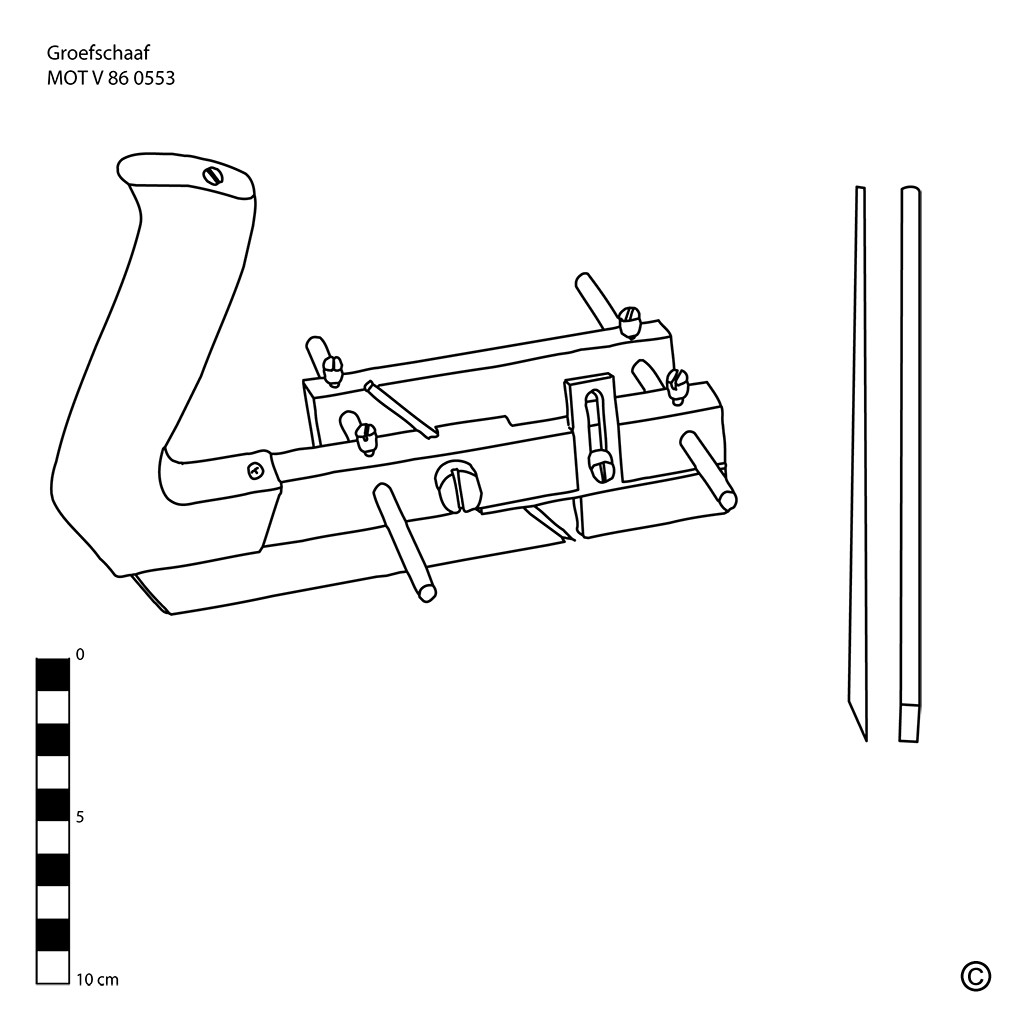
Fluting plane
This text can only be consulted in Dutch
<https://www.mot.be/resource/Tool/fluting-plane?lang=nl>
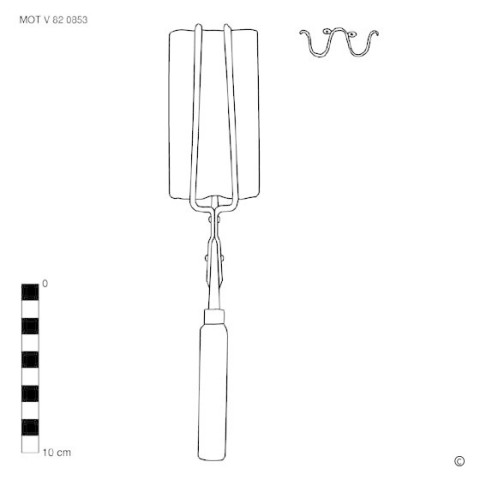
Fluting scissor
This text can only be consulted in Dutch
<https://www.mot.be/resource/Tool/fluting-scissor?lang=nl>
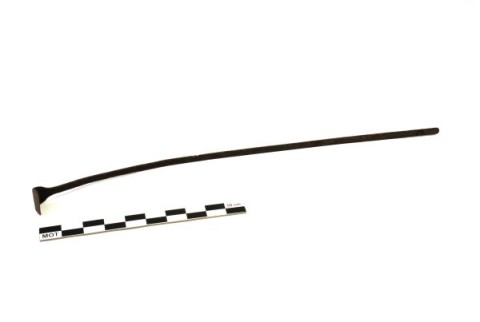
Foam scraper
In geuze production, wild yeasts settle in during the cooling of the boiled
wort through contact with the outside air. Afterwards, the brewer transfers
the wort to wooden barrels where it continues to ferment for one to three
years (1). With the foam scraper, a full iron scraper with a long handle
(approx. 110 cm), the overflowing foam is scraped off the staves. See also
the cooper's handle-scraper. [MOT] (1) The result of the fermentation is
the 'lambic' beer.
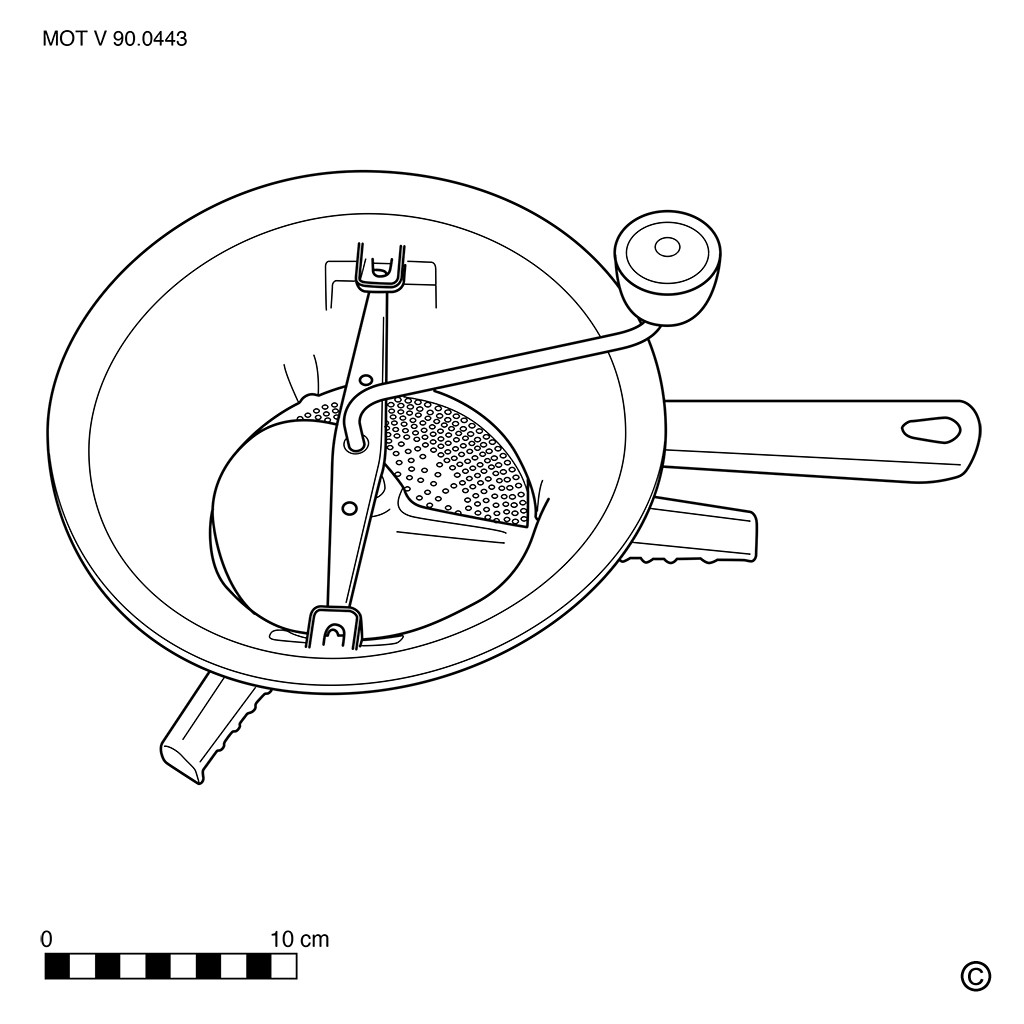
Food mill
This text can only be consulted in Dutch
<https://www.mot.be/resource/Tool/food-mill?lang=nl>
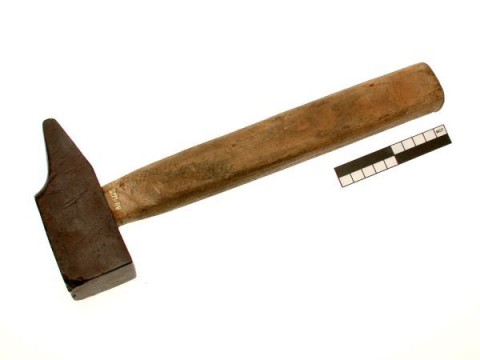
Forging hammer
The forging hammer is the tool of the blacksmith, with which he does all
the forging work, whether or not together with a sledgehammer. It is a
fairly heavy (approx. 500-2000 gr) hammer with a fairly thick wedge-shaped
peen, which in some cases lies in the same direction as the handle (approx.
30-35 cm). The face is light-convex and the sharp edges must be carefully
removed as otherwise the iron to be processed cannot be finished flat (1).
Can be distinguished from some models of bench hammers that are lighter.
See also the farrier's hammer. [MOT] (1) VAN DONGEN: 78.
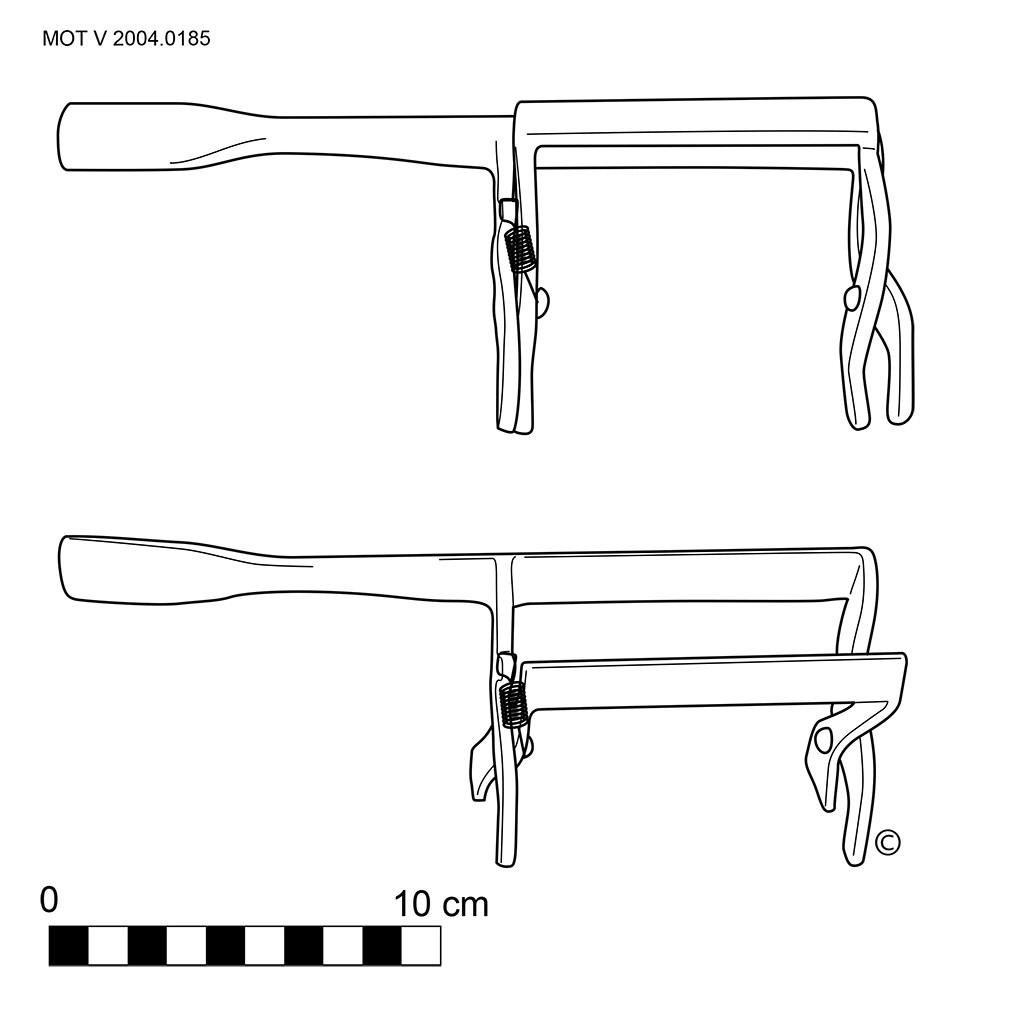
Frame grip
This text can only be consulted in Dutch
<https://www.mot.be/resource/Tool/frame-grip?lang=nl>
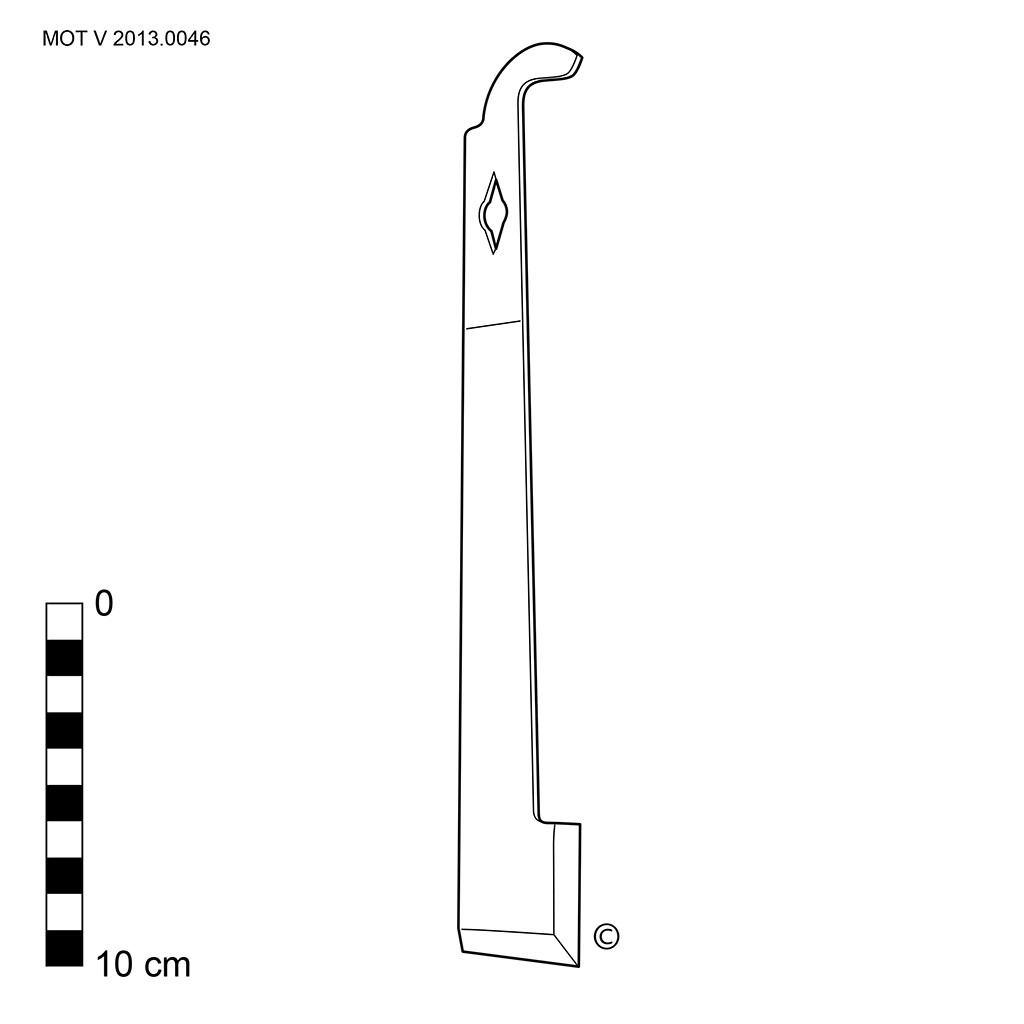
Frame lifter
This text can only be consulted in Dutch
<https://www.mot.be/resource/Tool/frame-lifter?lang=nl>
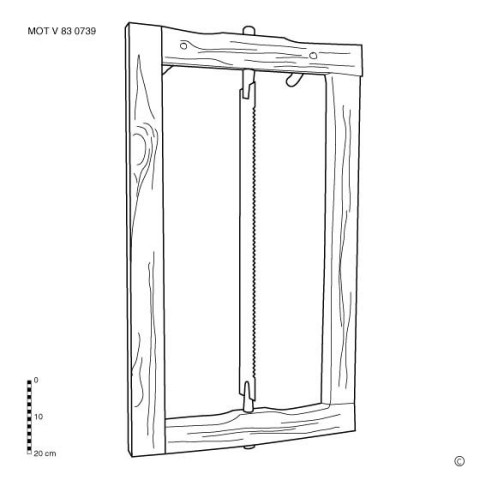
Frame saw
This text can only be consulted in Dutch
<https://www.mot.be/resource/Tool/frame-saw?lang=nl>
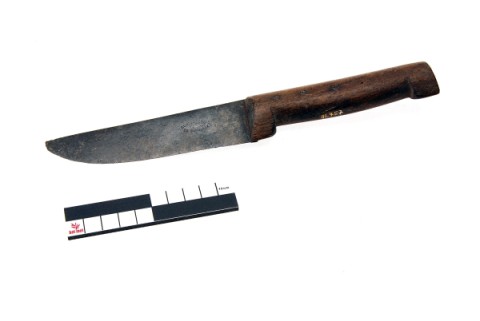
French cook's knife
This text can only be consulted in Dutch
<https://www.mot.be/resource/Tool/french-cooks-knife?lang=nl>
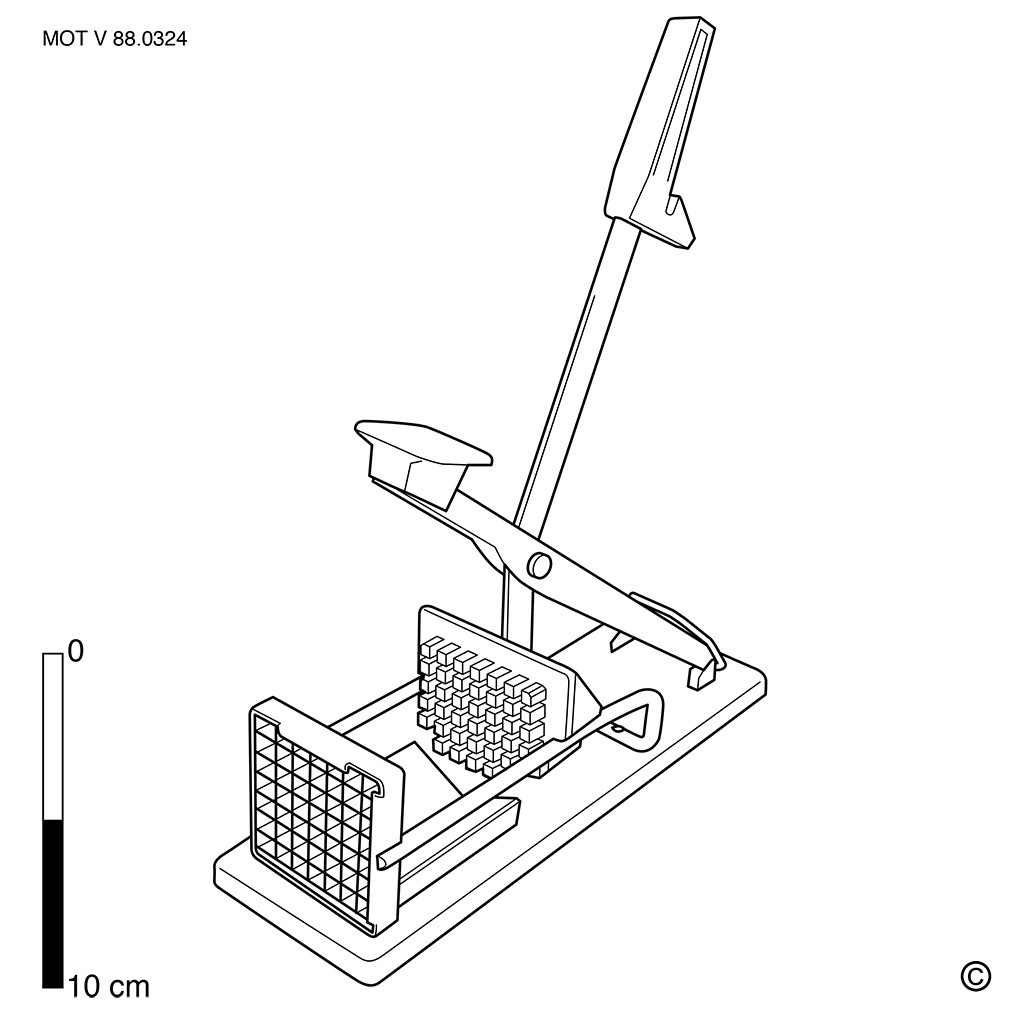
French-fry cutter
This text can only be consulted in Dutch
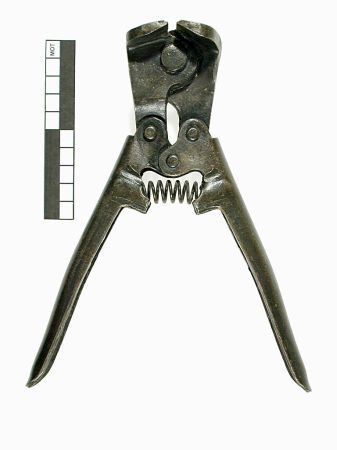
Fret cutter
This text can only be consulted in Dutch
<https://www.mot.be/resource/Tool/fret-cutter?lang=nl>
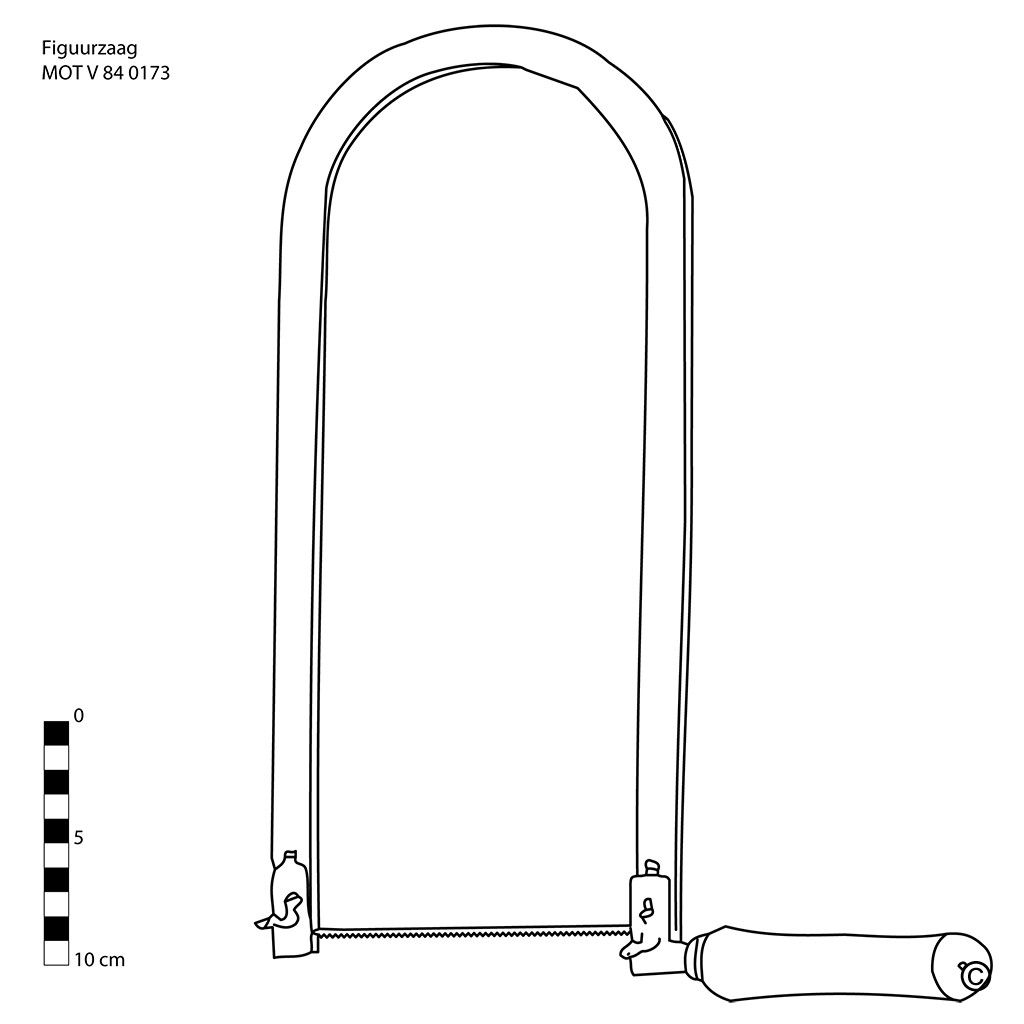
Fret saw
This text can only be consulted in Dutch
<https://www.mot.be/resource/Tool/fret-saw?lang=nl>
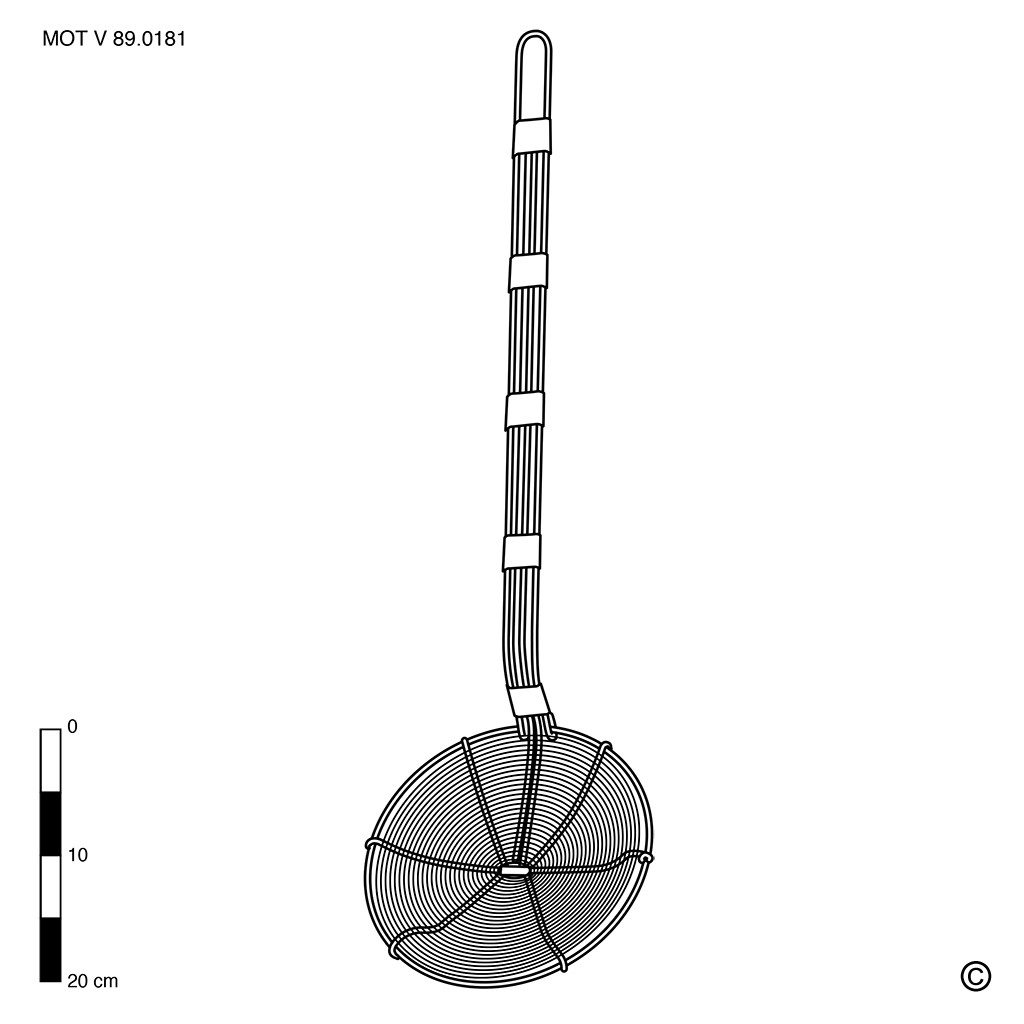
Fried-food skimmer
This text can only be consulted in Dutch
<https://www.mot.be/resource/Tool/fried-food-skimmer?lang=nl>
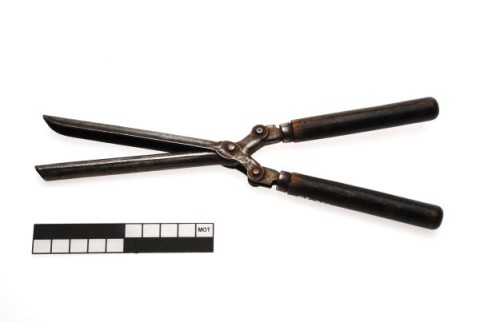
Frizzing iron
This text can only be consulted in Dutch
<https://www.mot.be/resource/Tool/frizzing-iron?lang=nl>
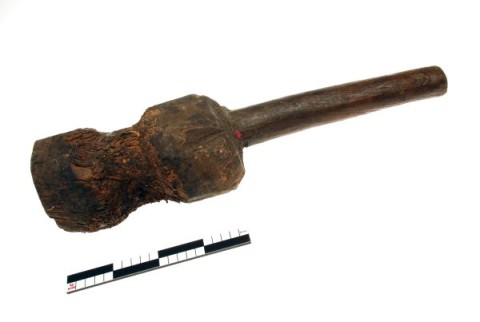
Froe-maul
A froe-maul is a piece of hard round wood (including hornbeam) of about
30-40 cm, one end of which has been cut thinner to serve as a handle. With
the froe-maul, the cooper strikes the cleaving knife and the lath maker, on
the cleaving iron. [MOT]
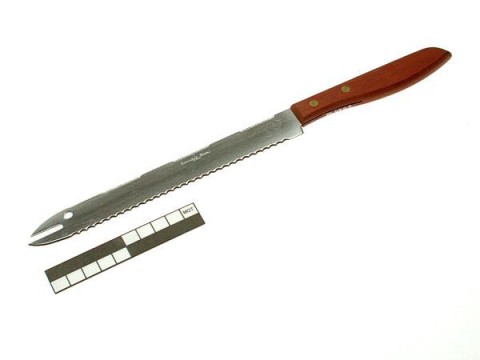
Frozen-food knife
Serrated blade (about 20-30 cm) with a wooden or plastic handle that can be
used to cut frozen food. The blade can have long, pointed teeth or a wide,
sharp wave edge (compare bread knife and snow saw). It can also have a cut
on the other side with which, for example, bread can be cut. [MOT]
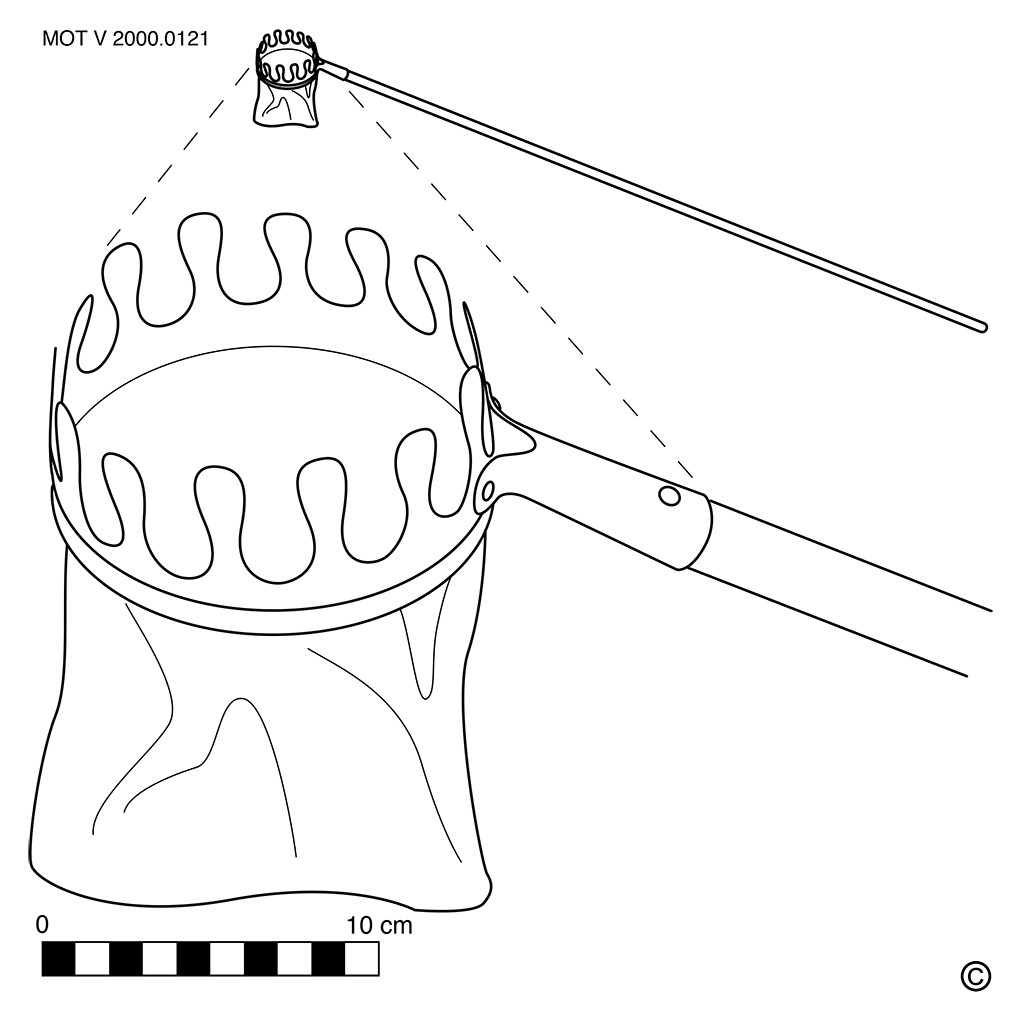
Fruit picker
The fruit picker is a hand tool to pick the last fruit from a tall tree.
For more technical information, see the dutch version of this tool file.
[MOT]
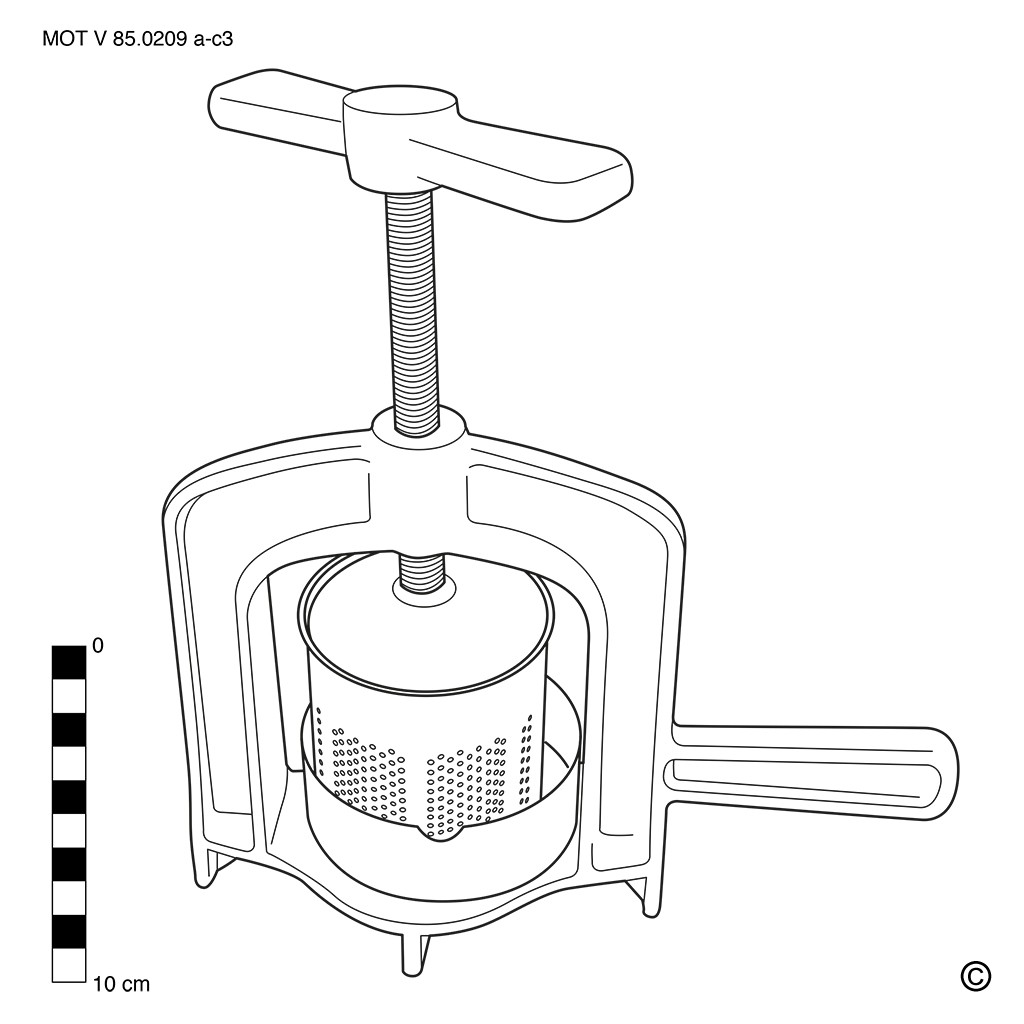
Fruit press
This text can only be consulted in Dutch
<https://www.mot.be/resource/Tool/fruit-press?lang=nl>
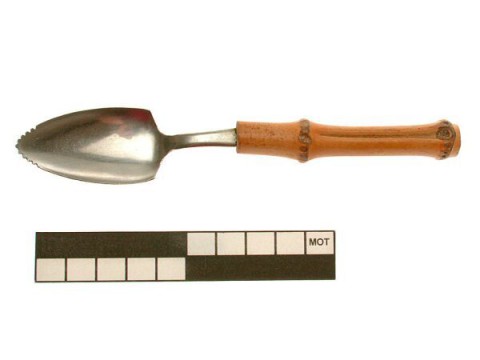
Fruit spoon
This text can only be consulted in Dutch
<https://www.mot.be/resource/Tool/fruit-spoon?lang=nl>
